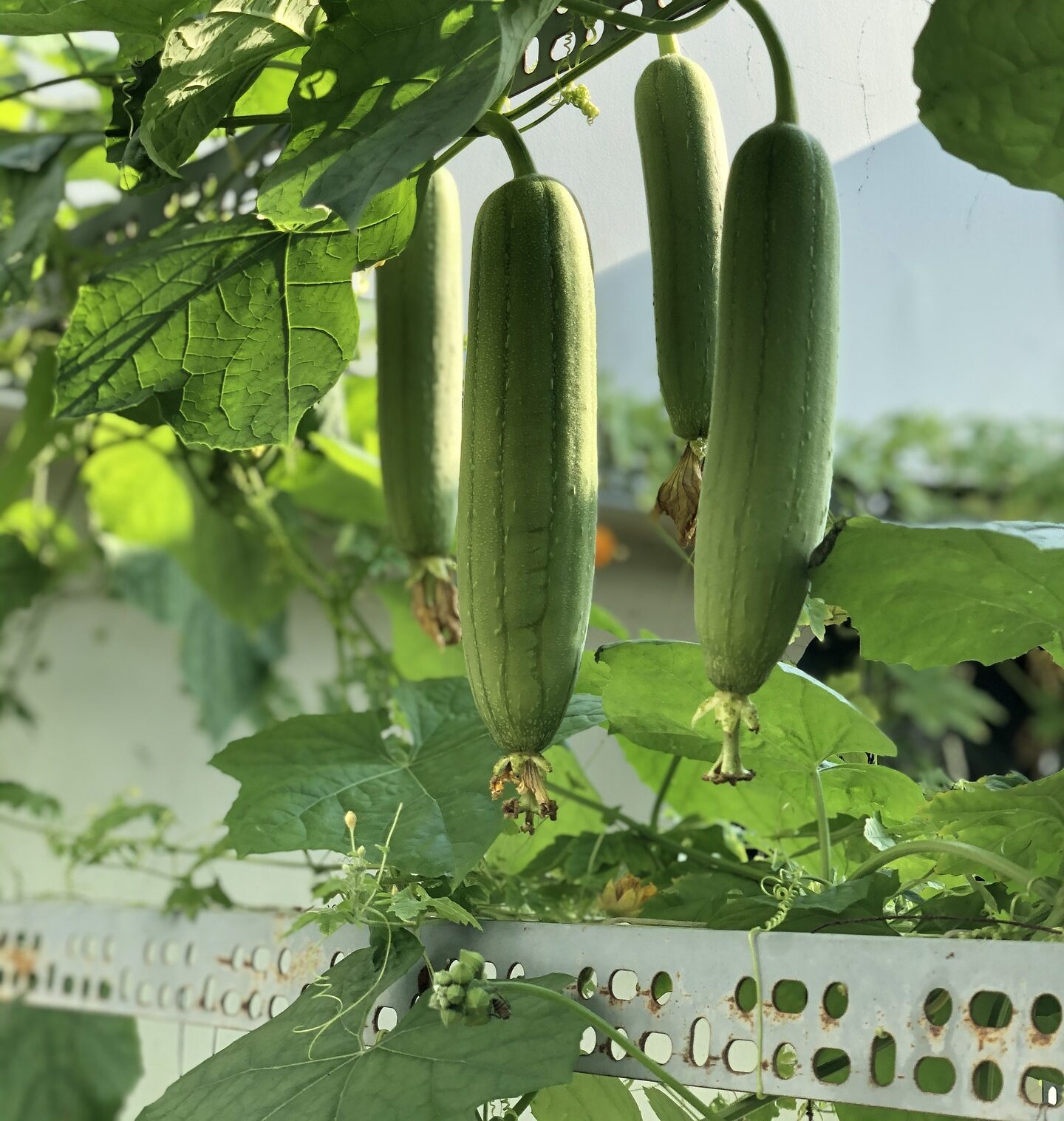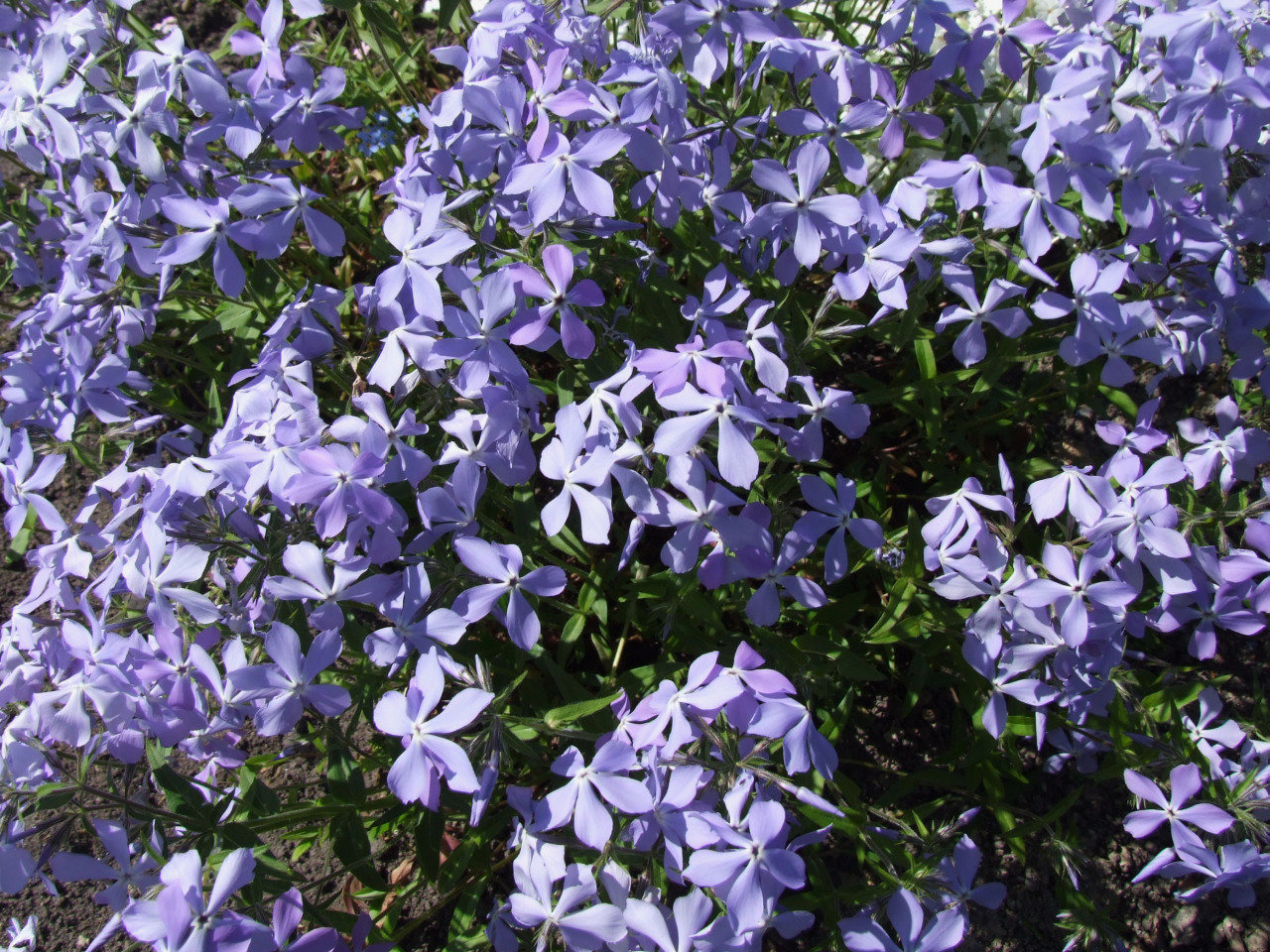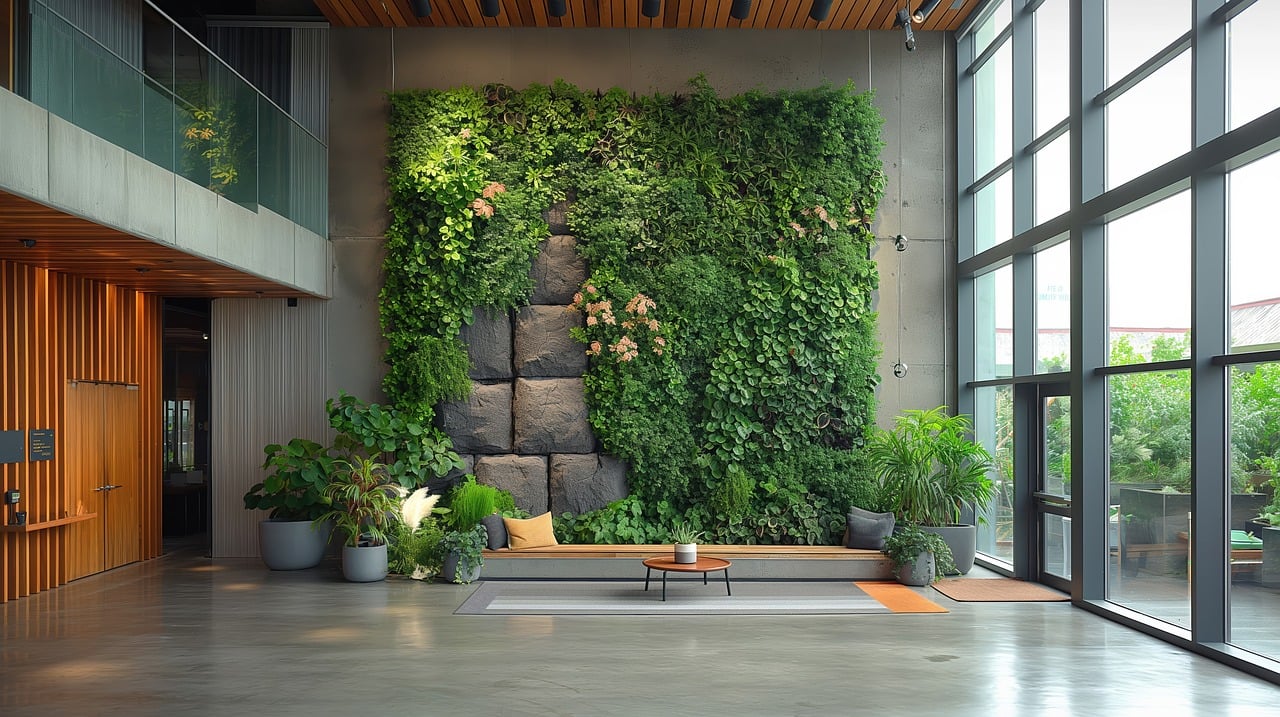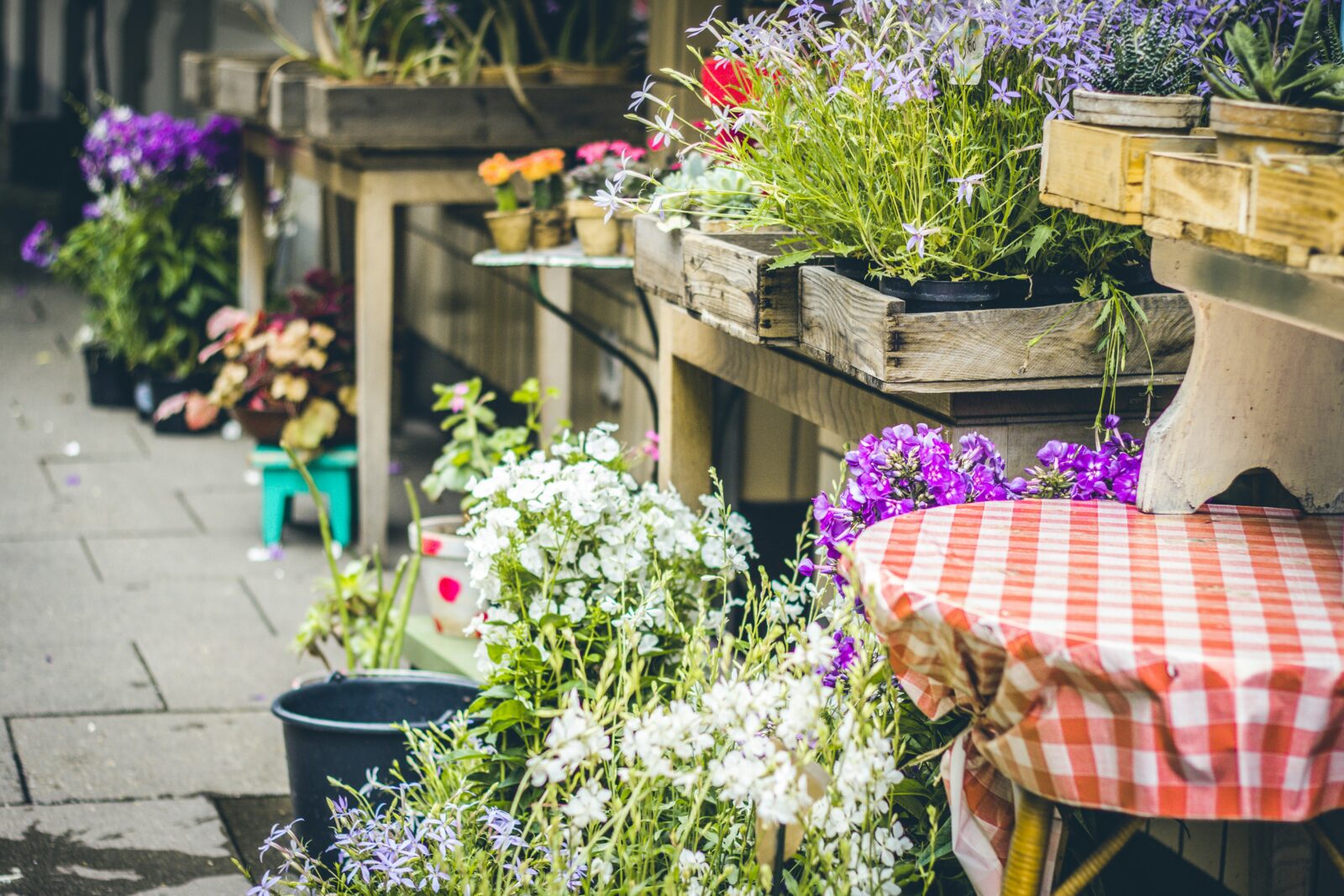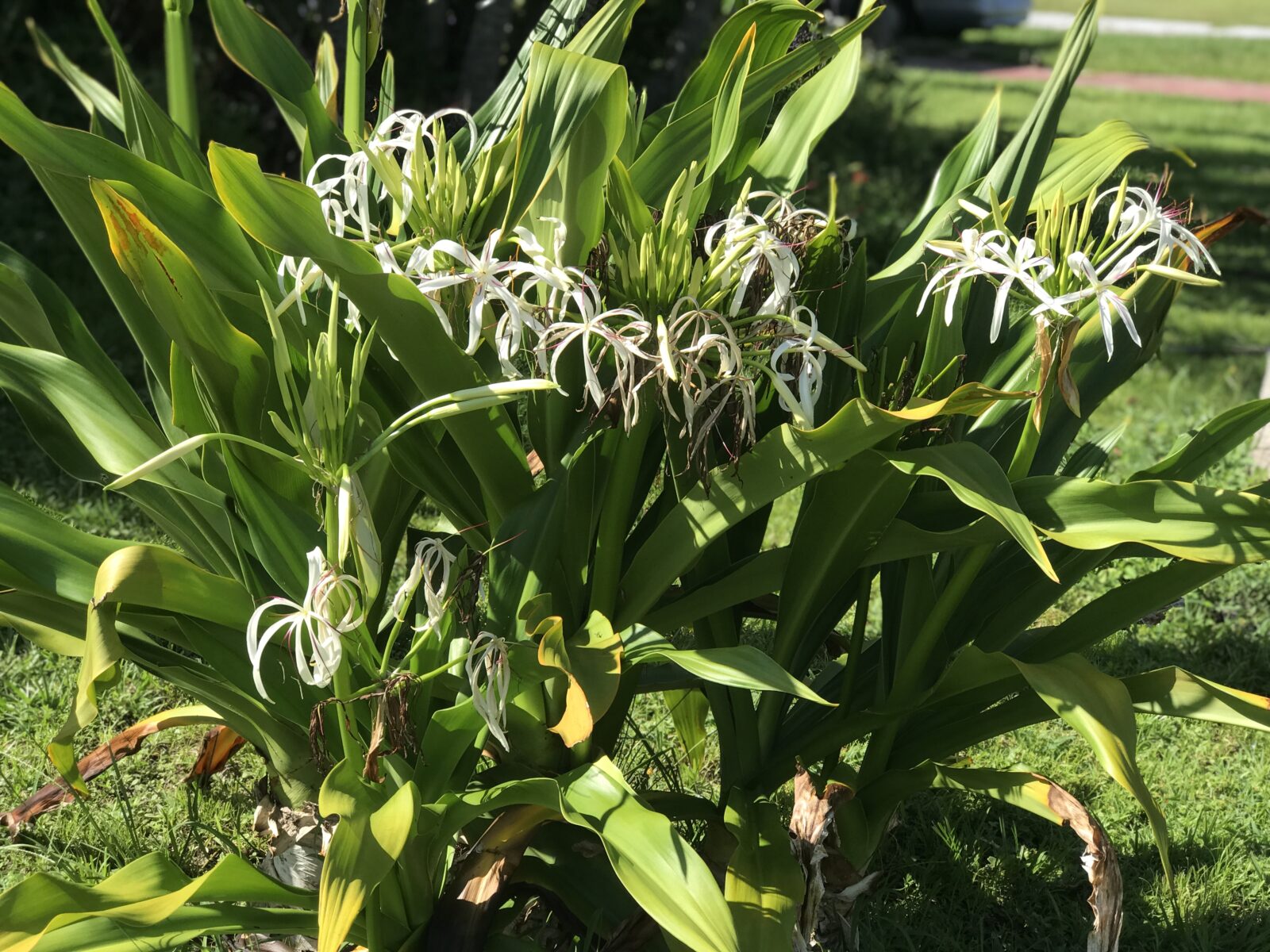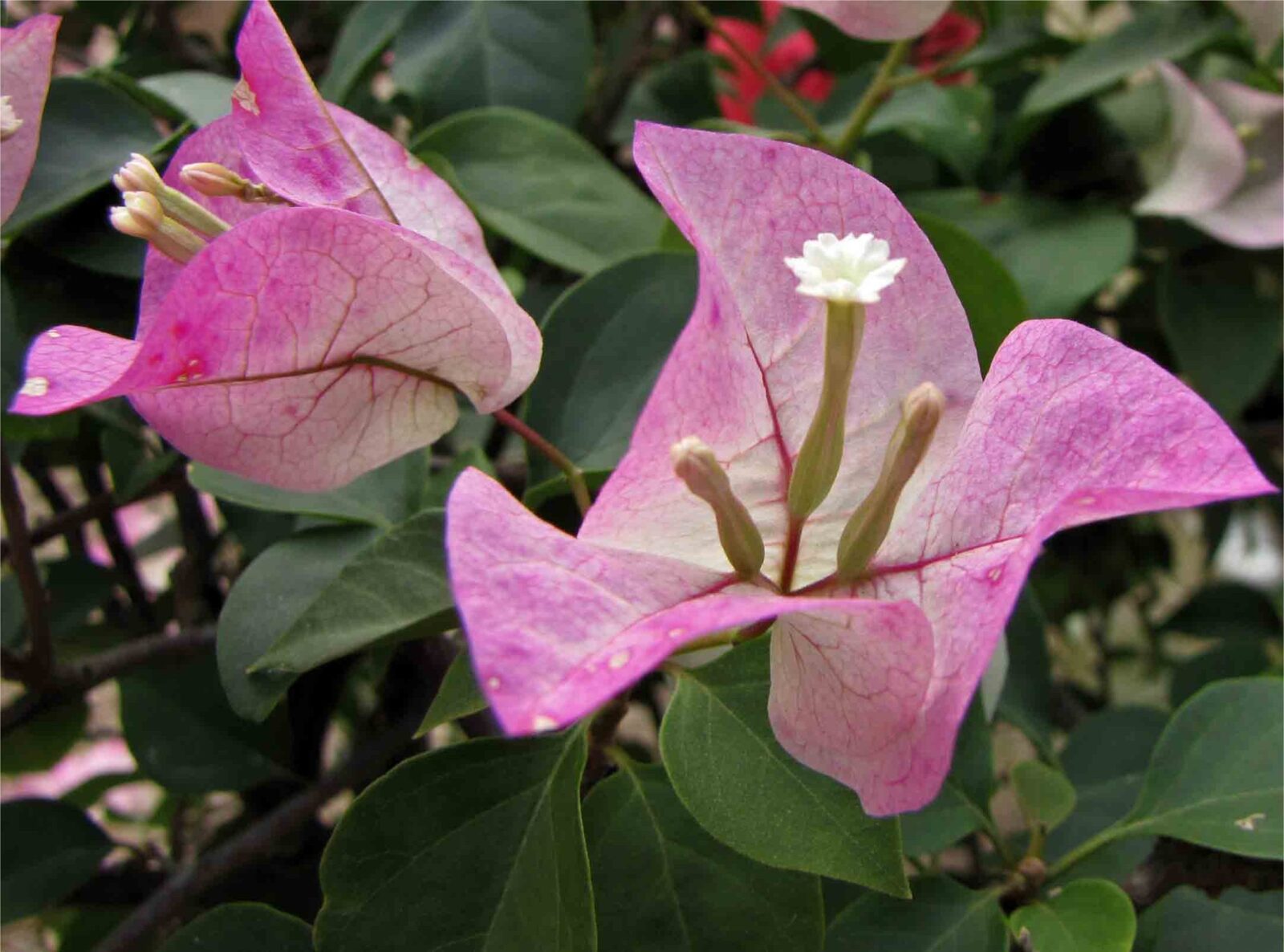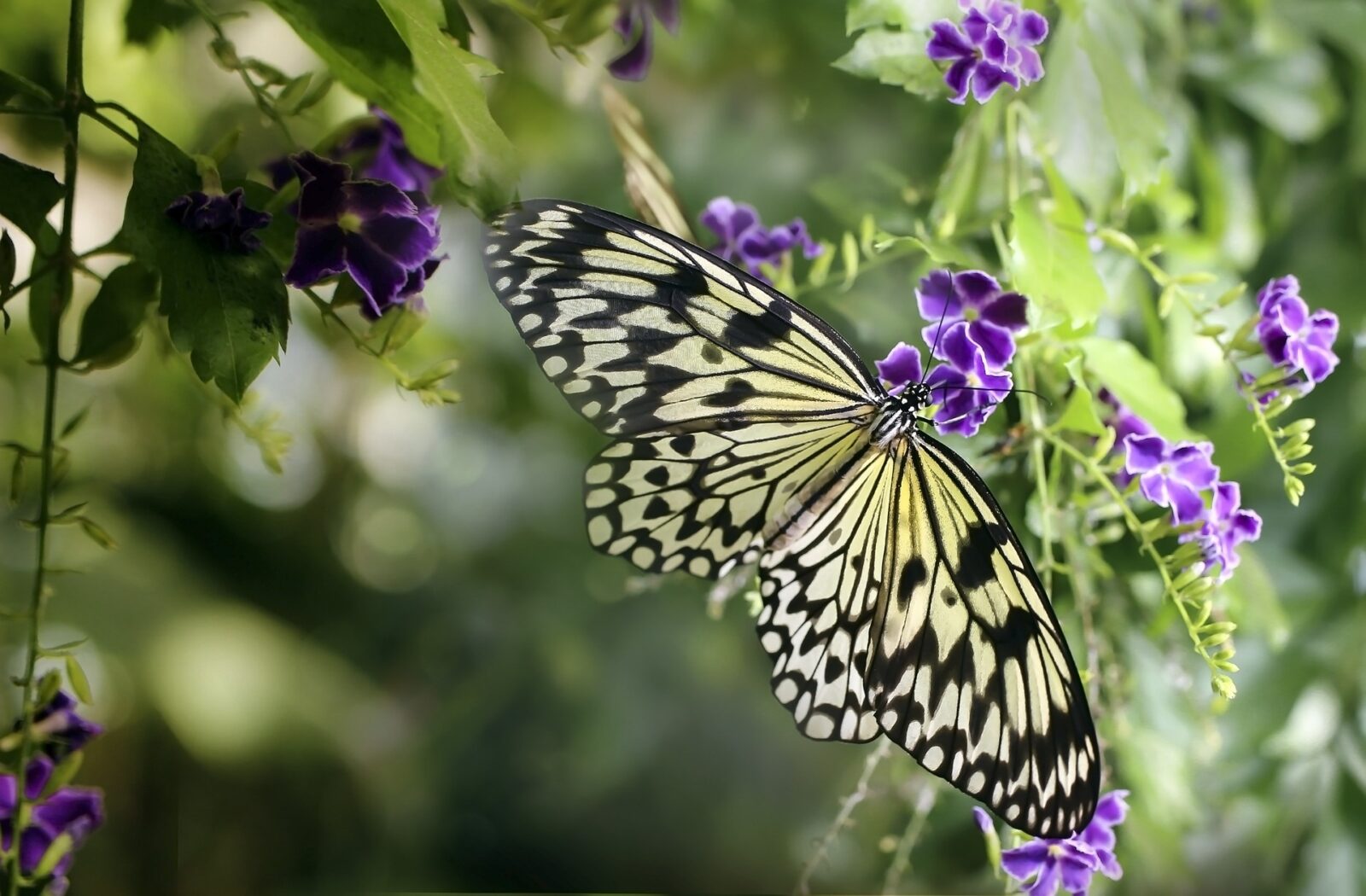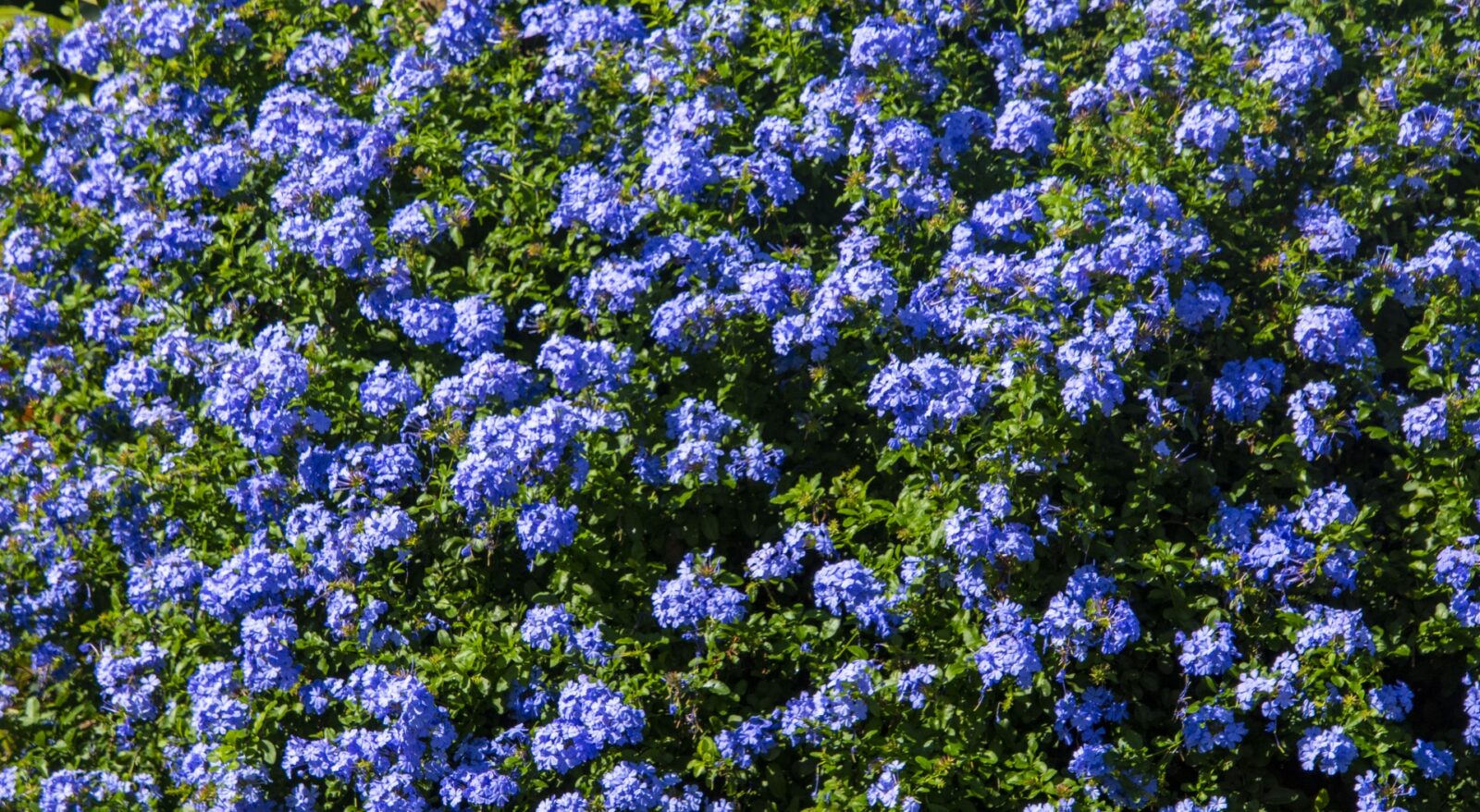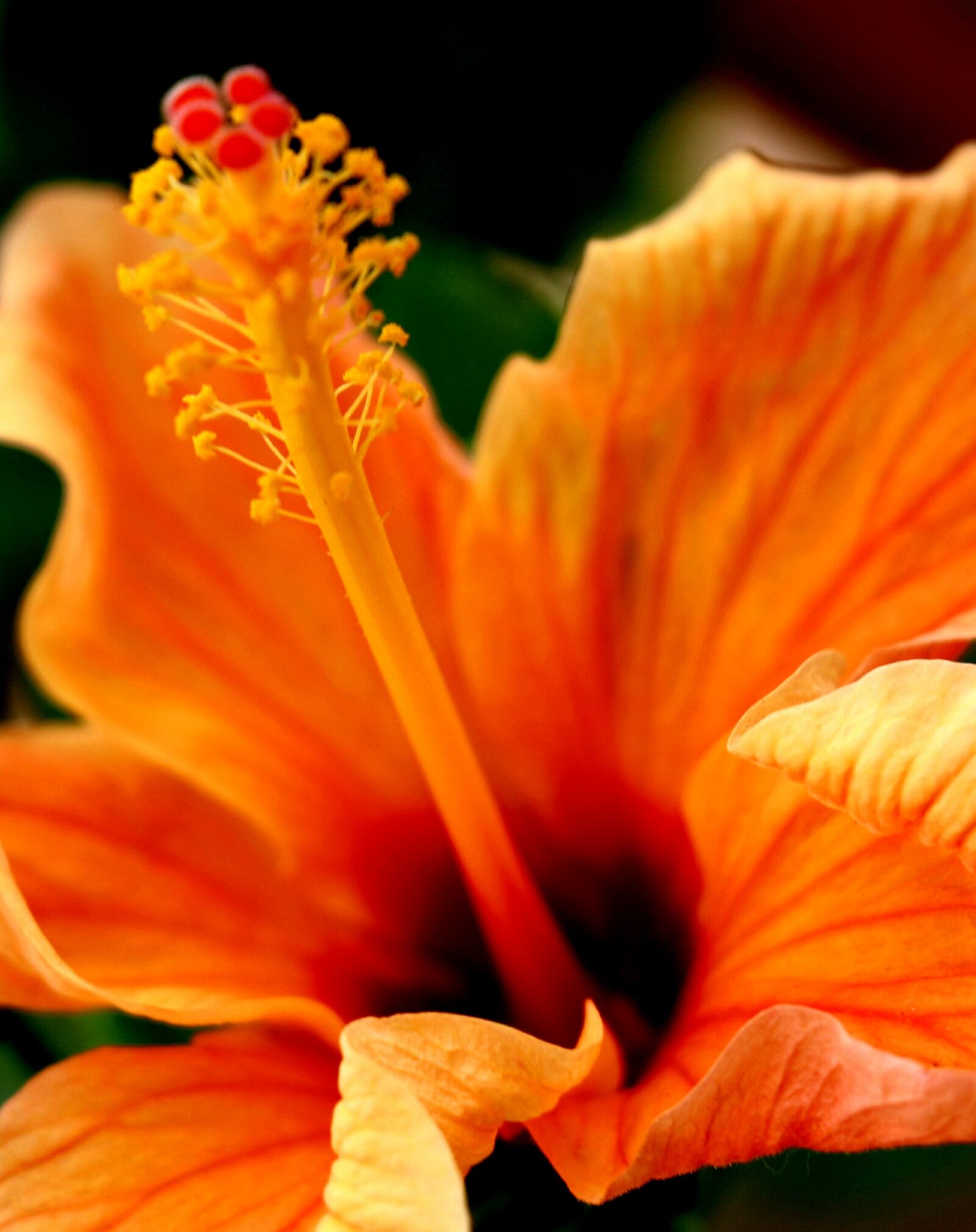Growing luffa from seed is a practical and rewarding way to produce your own natural sponges at home. Often called…
Florida’s unique climate and ecosystem make it a paradise for gardeners, but creating a thriving garden here requires careful plant…
Imagine turning your bare outdoor walls and fences into a stunning tapestry of living plants! Did you know that an…
Wow, did you know that temperatures in Florida can soar up to 100°F during peak summer? That’s hot enough to…
The Crinum Lily, renowned for its majestic beauty and resilience, is a captivating addition to any garden. This perennial plant…
Bougainvillea (pronounced boo-guhn-VIL-yuh) is a stunning and vibrant flowering plant that originates from the tropical and subtropical regions of South…
With its glorious sprays of deep purple flowers that dangle in graceful sprays, Duranta erecta brings vivid tropical color to…
Plumbago, a genus comprising several species of flowering plants, has captured the hearts of gardeners and horticulturists around the world…
Tropical Hibiscus has to be the Hail Mary throw for any Florida gardener. These beautiful flowering shrubs are so easy…
